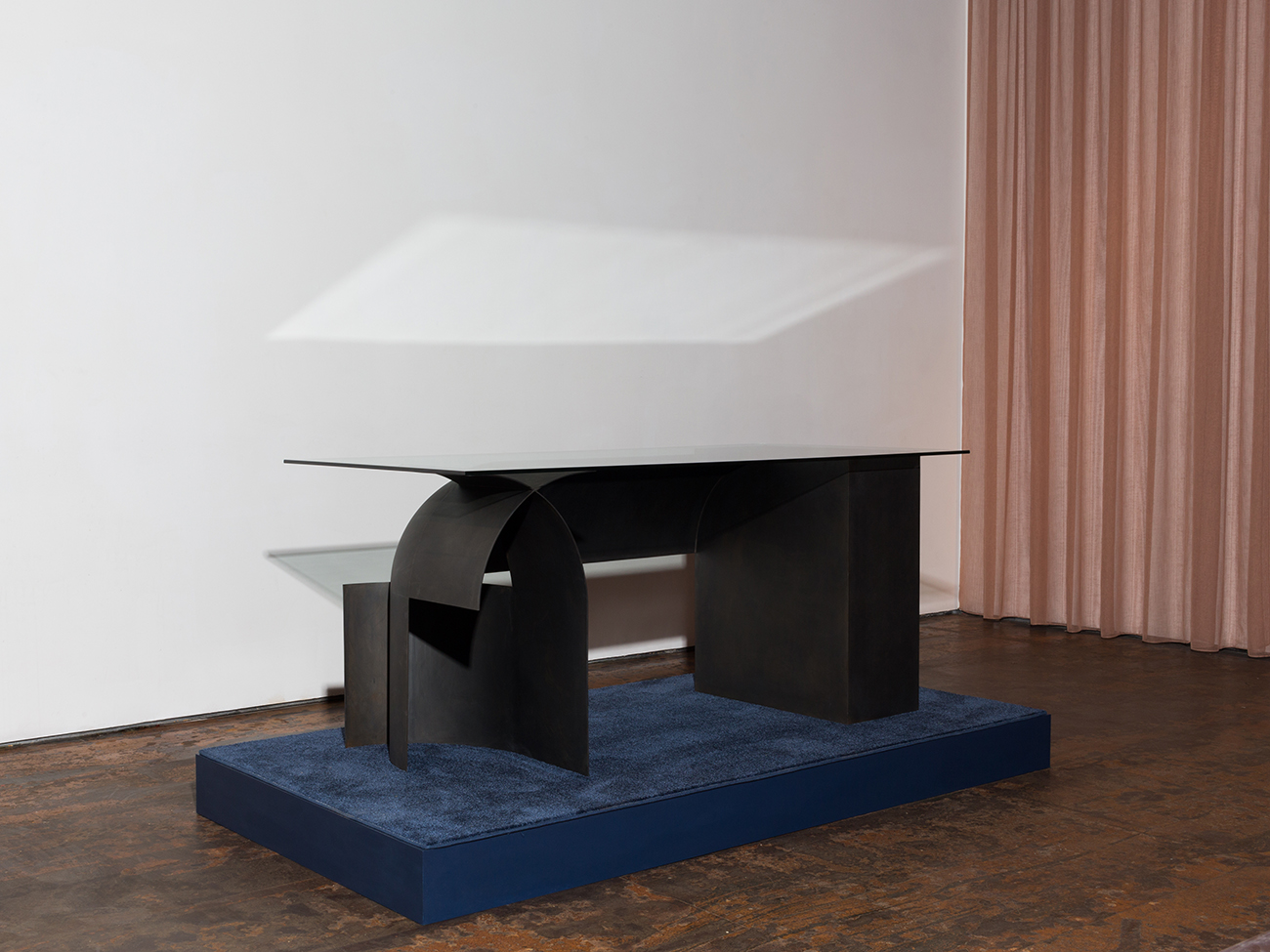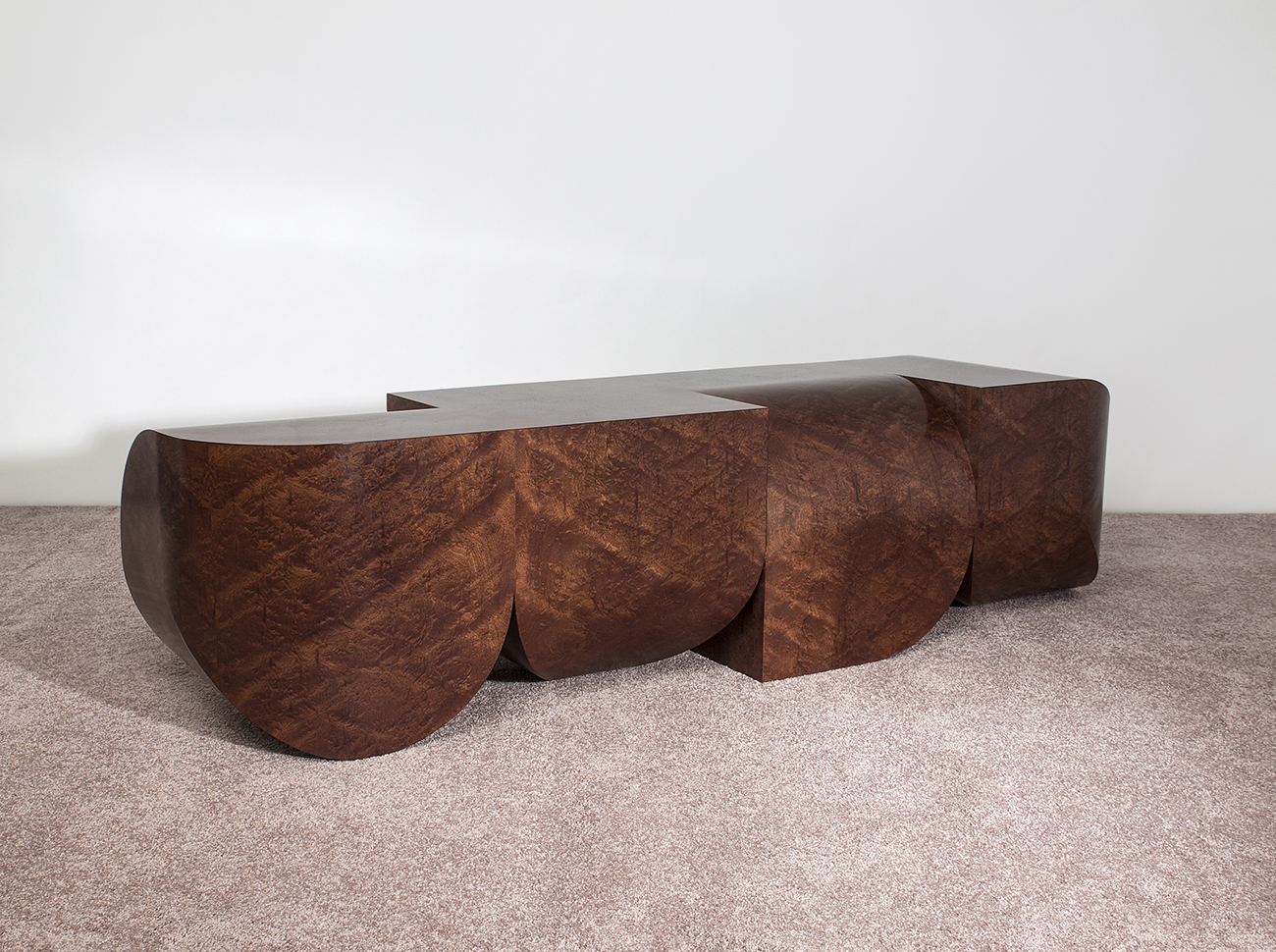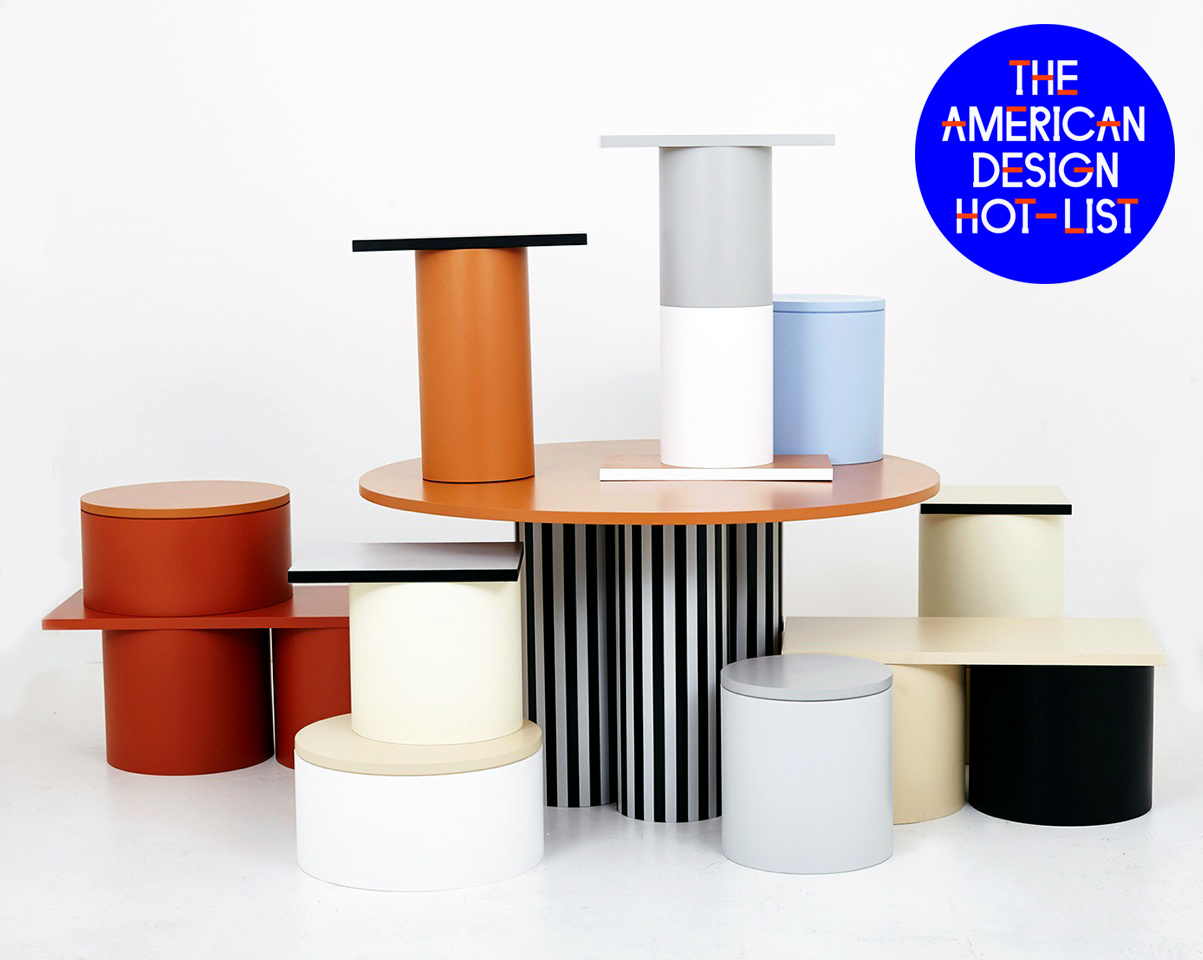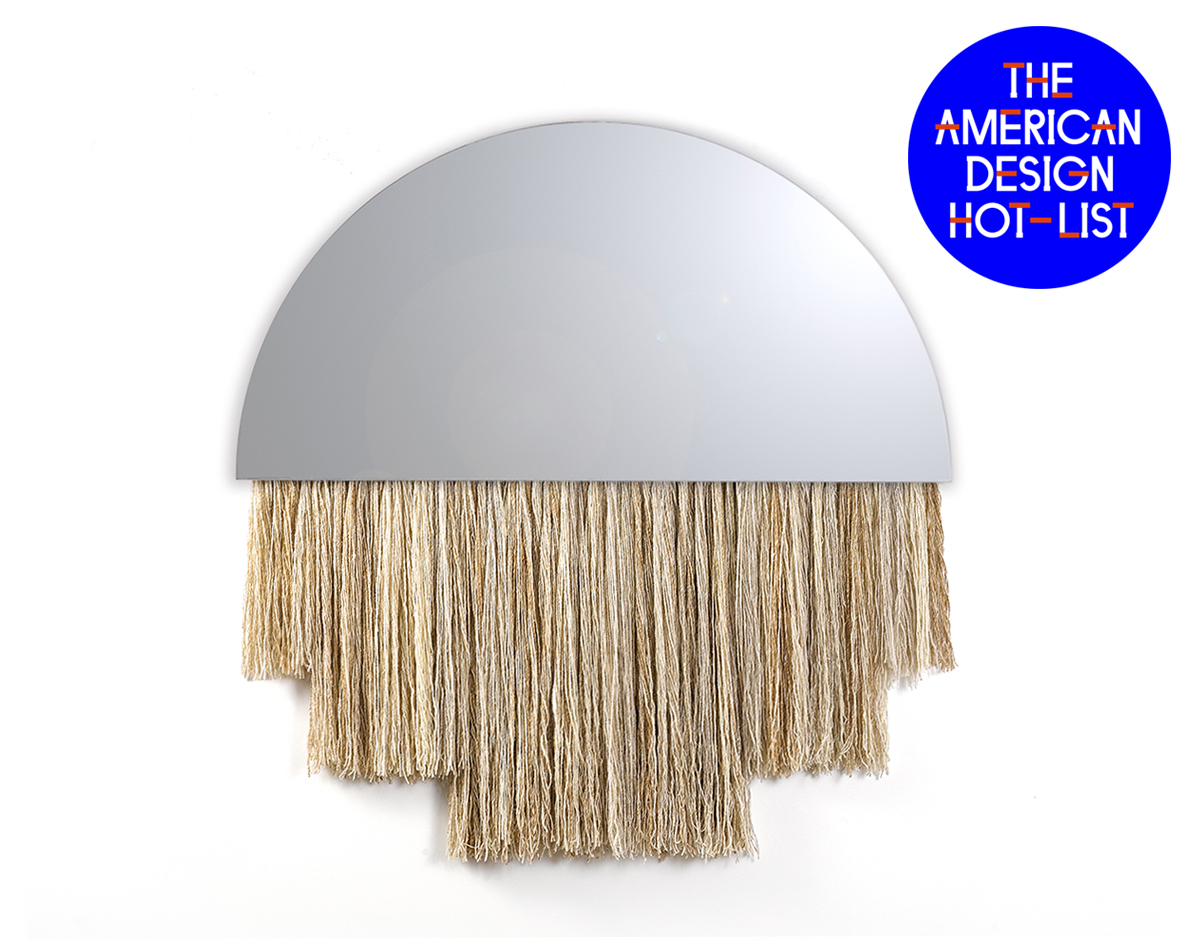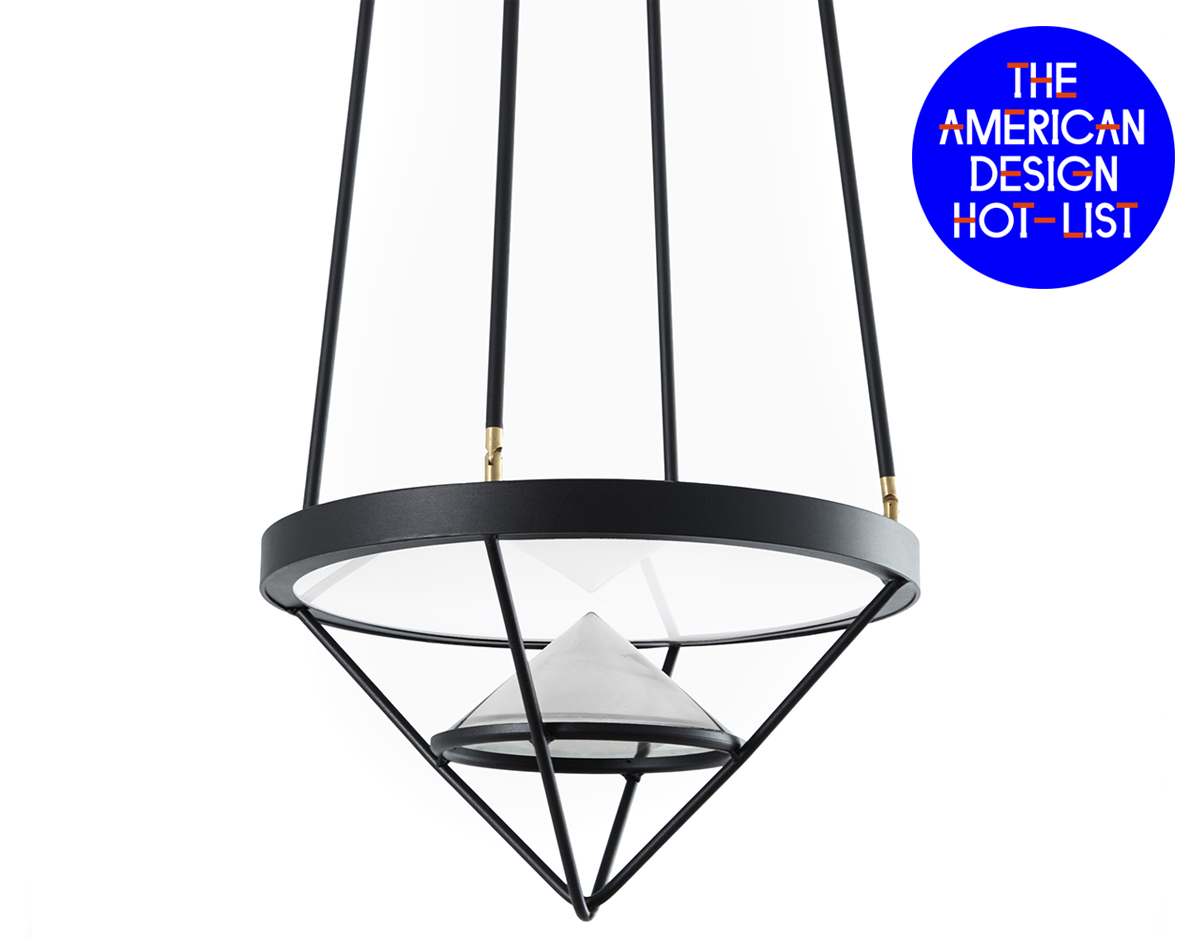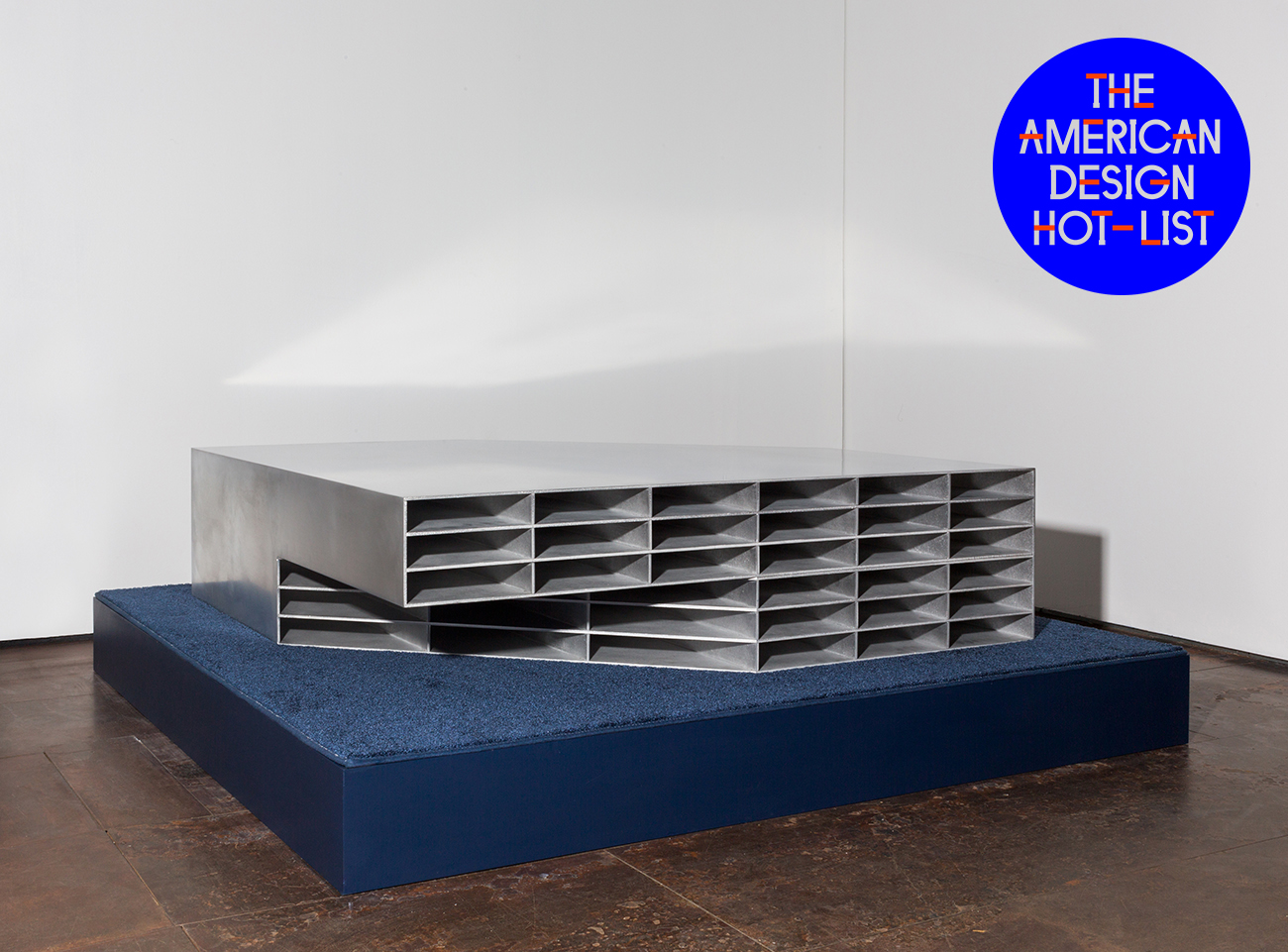
12.06.16
American Design Hot List
2016, Part II
This week we announced our 2016 American Design Hot List, Sight Unseen’s unapologetically subjective annual editorial award for the 20 names to know now in American design, presented in partnership with Herman Miller. We’re devoting an entire week to interviews with this year’s honorees — get to know the second four Hot List designers here, then hop on over to our Pinterest, our Instagram, and Herman Miller’s social media accounts for even more coverage.
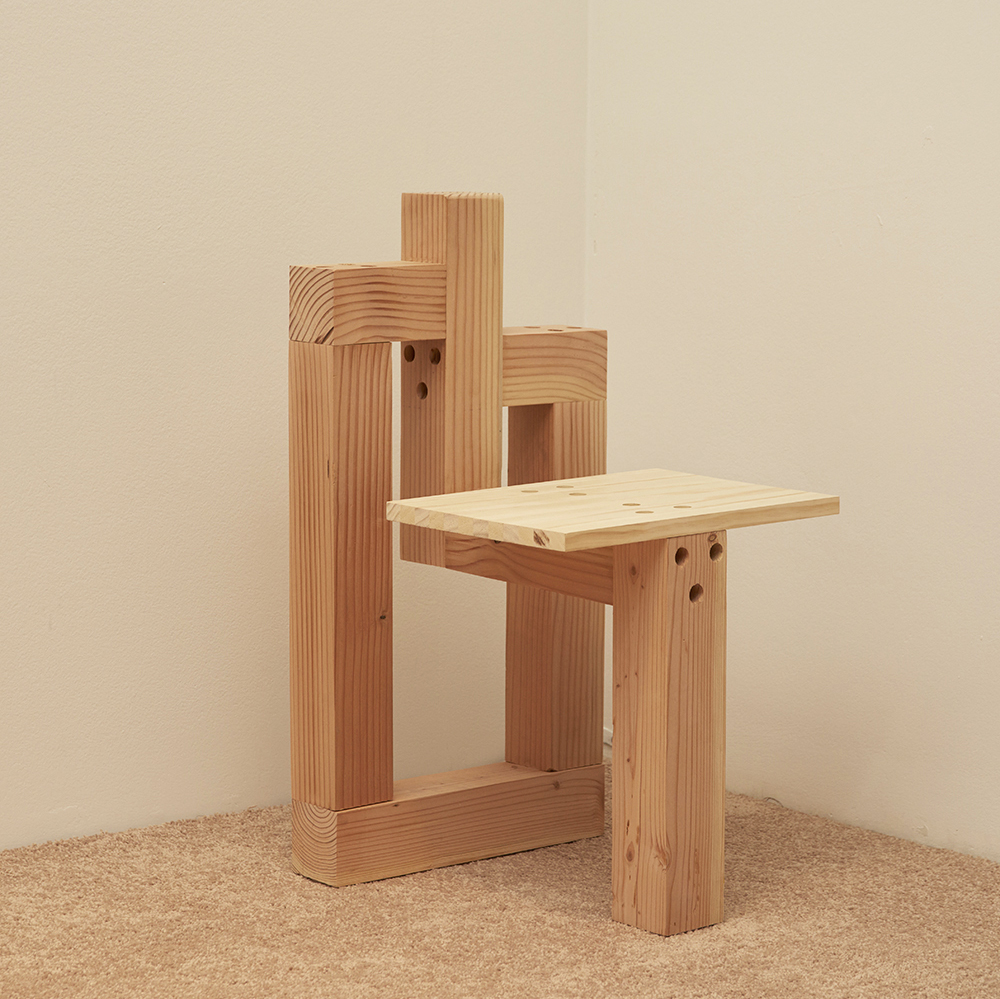
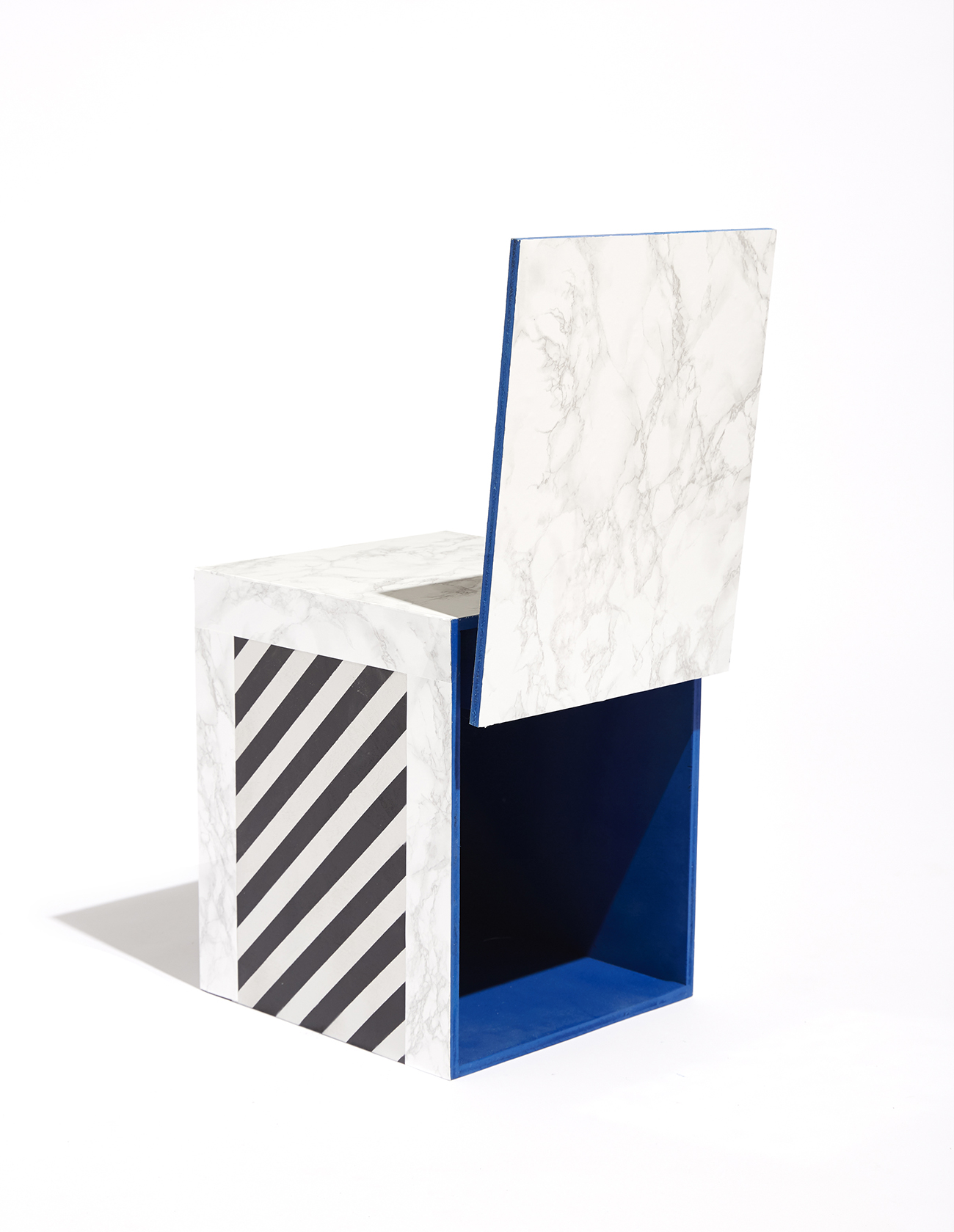
Brendan Timmins
New York, bbtcreative.com
Working primarily in plywood, the Pratt grad filters Postmodernism, from Memphis to Enzo Mari, through the lens of contemporary design.
What is American design to you, and what excites you about it?
There is so much opportunity right now for people to quickly call up previous ideas, practices, and theories, learn from them, and make their own new branch in design history. Due to the availability of information, I think the boundaries of design are being stretched further than they ever have before. The interesting thing about “American Design” is that it is huge catchall, spanning from the technology and engineering of industrial processes to a nearly purely artistic practice. In that, I think I’m most excited about the current group of artists who are using furniture design as their reference point, as well as those trained as designers who are making one-off, process-based pieces and installations that are often more conceptual than a manufacturable design.
What are your plans and highlights for the upcoming year?
While I’m not exactly sure what the next year brings, I continue to have new work and projects to keep me busy. I don’t want to jinx anything that hasn’t happened yet, so…¯\_(ツ)_/¯
What inspires or informs your work in general?
The things people make and the processes people come up with to “get it done” when nobody’s looking. Moreso than a final piece, I’m often intrigued by those things made by the designer while still working out a final object. They have such a unique aesthetic; there is something entirely genuine and authentic about the material study someone makes, or the prototype made when still exploring a form.
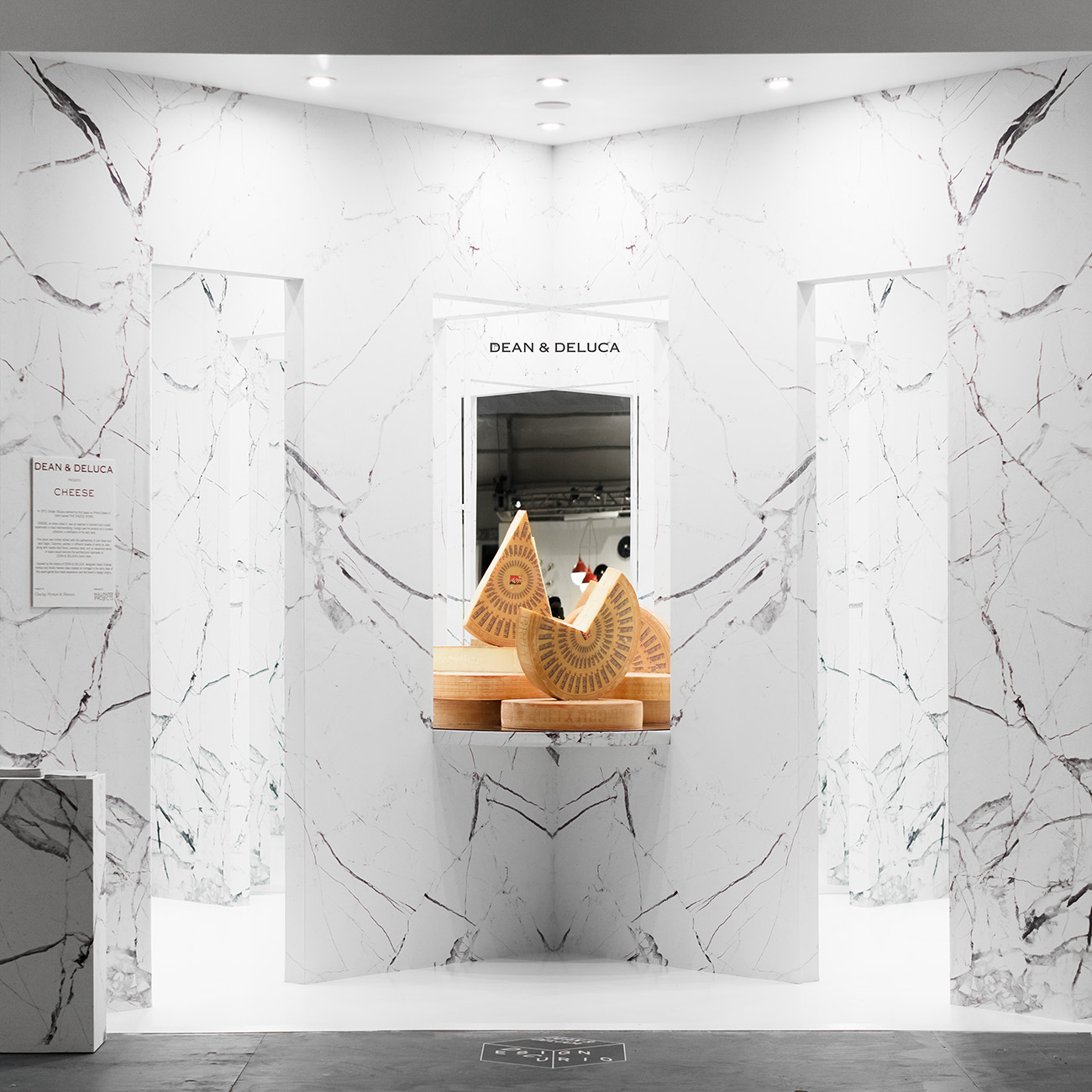
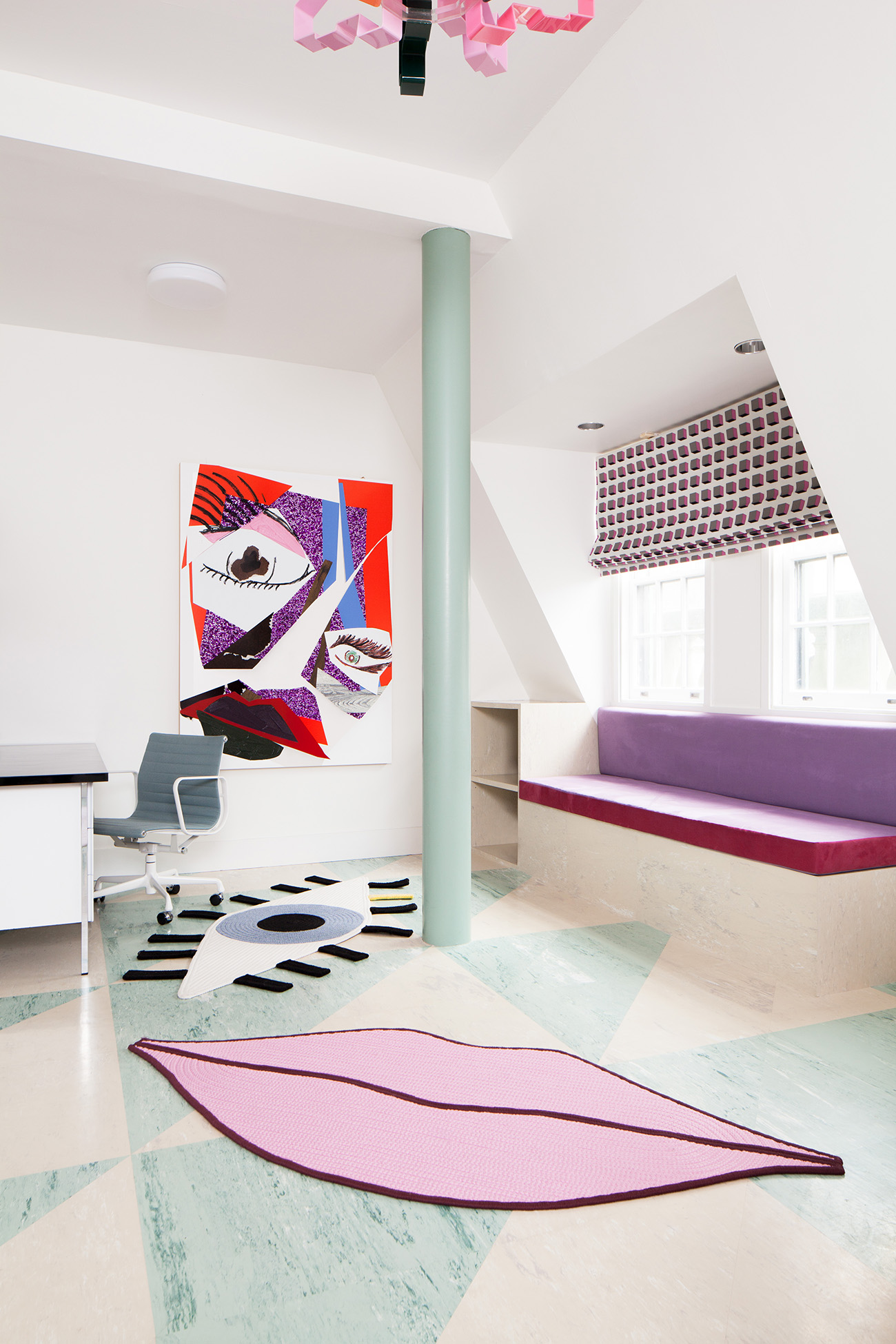
Charlap Hyman & Herrero
New York and Los Angeles, ch-herrero.com
Founded by a furniture designer (Adam Charlap Hyman) and an architect (Andre Herrero), this of-the-moment interior-design firm has growing roster of clients (Everlane, Dean & Deluca) and a playful, daring aesthetic.
What is American design to you, and what excites you about it?
In America, architects have to be like cowboys. Designing spaces in the United States requires a speed and agility that is unnecessary in Europe. This pace allows for a constant evolution of new ideas — and it’s exciting.
What are your plans and highlights for the upcoming year?
We have a number of residential projects in New York that will be wrapping up in the coming year, and we are eager to see them lived in. In Marfa, Texas, we will be breaking ground on our first freestanding building, a ranch house. Having thoroughly enjoyed designing a set for the opera La Calisto this past year, we are looking forward to working on another set for the Dutch National Opera, in collaboration with the artist Cynthia Talmadge.
What inspires or informs your work in general?
We love both contemporary and historical examples of Gesamtkunstwerk. Because of our varied design backgrounds — and the manifold nature of our projects — the intersections of different disciplines are particularly exciting for us. Lately we have been looking at the set designs of Josef Svoboda, the interiors of Carla Venusta, the nightclubs of Lapo Binazzi and The Haus Wittgenstein.
In our design process, we like to challenge ourselves to fall in love with what we hate. Sometimes, on Fridays, we go to the Met and look for the piece of furniture that we find most ugly and then try to imagine an architectural space that would make it compelling.
Christopher Stuart
Carmel, Indiana, christopherstuart.com
A solo show at The Future Perfect earlier this year revealed what many suspected all along: That the heart of an artist beat inside this inveterate industrial designer from Indiana.
What is American design to you, and what excites you about it?
One answer that others have likely given in past years is that American design is about a pioneering spirit. We don’t have a long history of design that establishes a known aesthetic; as a result, we are free to explore. We are free to take chances. It’s about creating something first, then building an audience for it. It’s exciting to be part of this growing resurgence.
What are your plans and highlights for the upcoming year?
I recently showed my new Constructs and Glitches collection with The Future Perfect at Design Miami. It was their first year exhibiting as a gallery, and I was honored to be showing my work. It’s incredibly exciting and a bit unreal for me. As I was cutting my teeth as a designer, both The Future Perfect and Design Miami were life goals. My show with TFP earlier this year was one dream come true. Now this! I’m blown away, and admittedly pretty anxious. I also showed a piece commissioned by Cadillac and Wallpaper Magazine during that same time. The entire idea was based on veneer — something I’ve wanted to explore as Indiana is the veneer capital of the world.
Outside of that, I’m beginning to work out several ideas I have. I’m currently obsessed with Glitches at a more monumental scale, and have been creating renderings of them. I hope to see them realized one day. I’m simultaneously thinking about technology and conversely more evidence of the hand with these other ideas. I don’t have any venues lined up for those, but I need to see them realized.
What inspires or informs your work in general?
Formally, I’d say concept, form, material, process, scale, context, systems; the list goes on. Artistic expression is becoming more and more important to me. I’m becoming less concerned with the practical function of a piece and more interested in self-expression. Emotion is the main function that I’m after.
I don’t live in a major design city, and most of my fabricators are in rural areas in the Midwest. As a result, little things on my drive catch my attention like concrete corner posts for barbed wire fences marking the edge of farms. Fortunately, social media has been a great way to see what peers are doing. I’m inspired by others who are taking chances and doing things just because. Even from Indiana, I’m able to connect with a growing community of designers, artists, fabricators, curators, and gallerists. Knowing there are platforms for this type of work is inspiring.
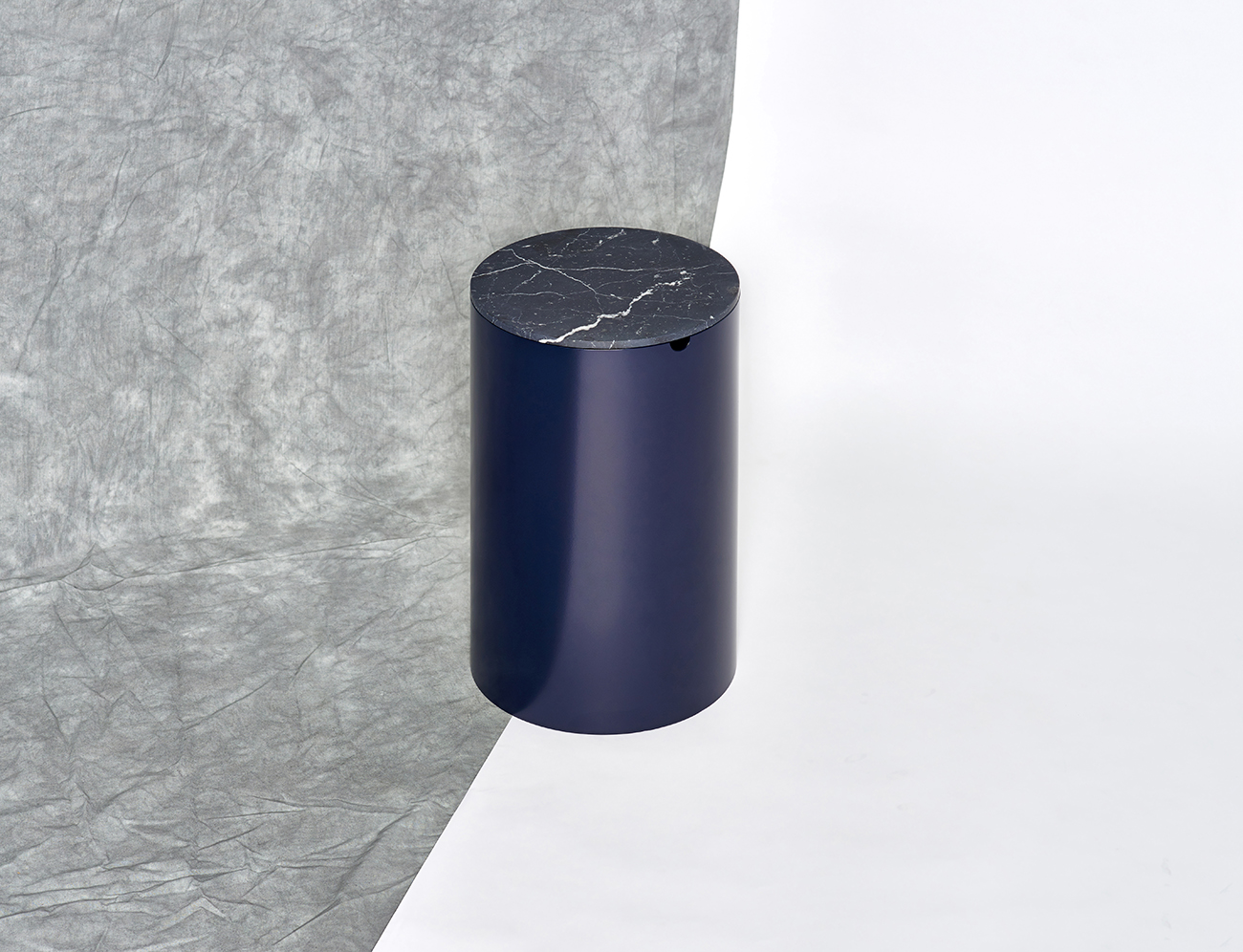
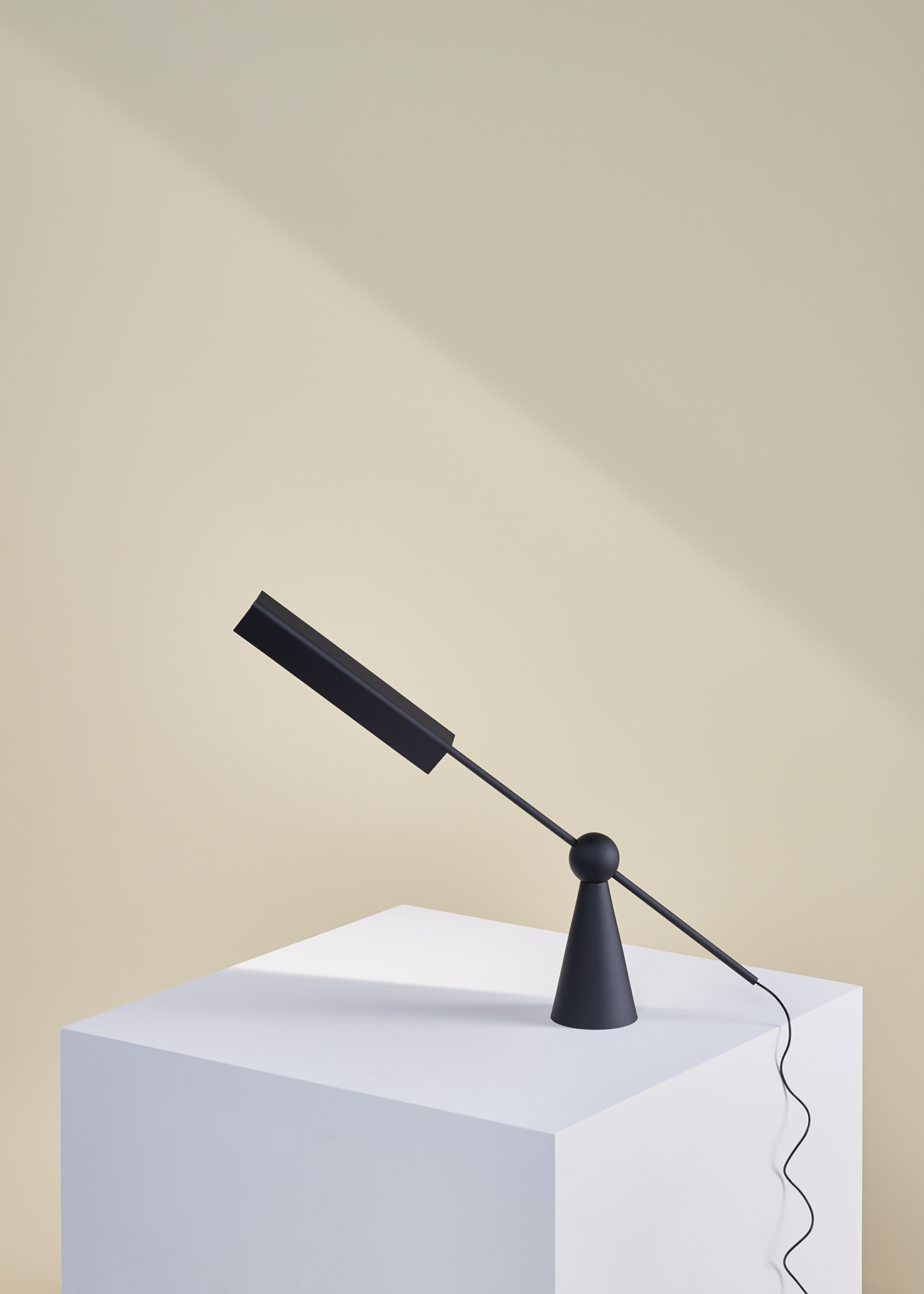
Earnest Studio
Rotterdam, The Netherlands, earnestly.org
The American-born Rachel Griffin moved to the Netherlands to attend the prestigious Design Academy Eindhoven and never moved back. Her work, primarily made from natural materials, often explores notions of modularity and function.
What is American design to you, and what excites you about it?
American design is audacious. America has a more irreverent relationship to history than Europe, which gives the work — even when it is not especially new — a feeling of freedom and fearlessness. Those feelings are always exciting.
What are your plans and highlights for the upcoming year?
The studio has several new products expected to launch with brands in the new year, along with a collection of furniture and lighting for spring. We are looking at themes of texture, transparency, and reflection through a variety of materials and shaping techniques. It is an exciting time and we are really looking forward to showing the new work.
What inspires or informs your work in general?
Generally, I am inspired by material and functional form. A good example is our recent “Mill” table lamp, which draws inspiration from the dexterity of the basic sphere. Balanced on a hollow cone and connected using gravity alone, the continuous three-dimensional symmetry of the form creates a simple, but limitless, joint with an exceptionally wide range of motion. These kinds of specific discoveries that come from getting to know a shape or material are at the core of my work.

The 2016 American Design Hot List is presented in partnership with Herman Miller, a company known for partnering with burgeoning design practices to create industrial design classics. Having collaborated with designers including Ray and Charles Eames, Alexander Girard, George Nelson, Yves Béhar, and many others, the company continues to foster relationships with new talents to explore purposeful solutions for modern living. Herman Miller believes that makers such as those on Sight Unseen’s American Design Hot List provide a new lens through which to view emerging design challenges.
